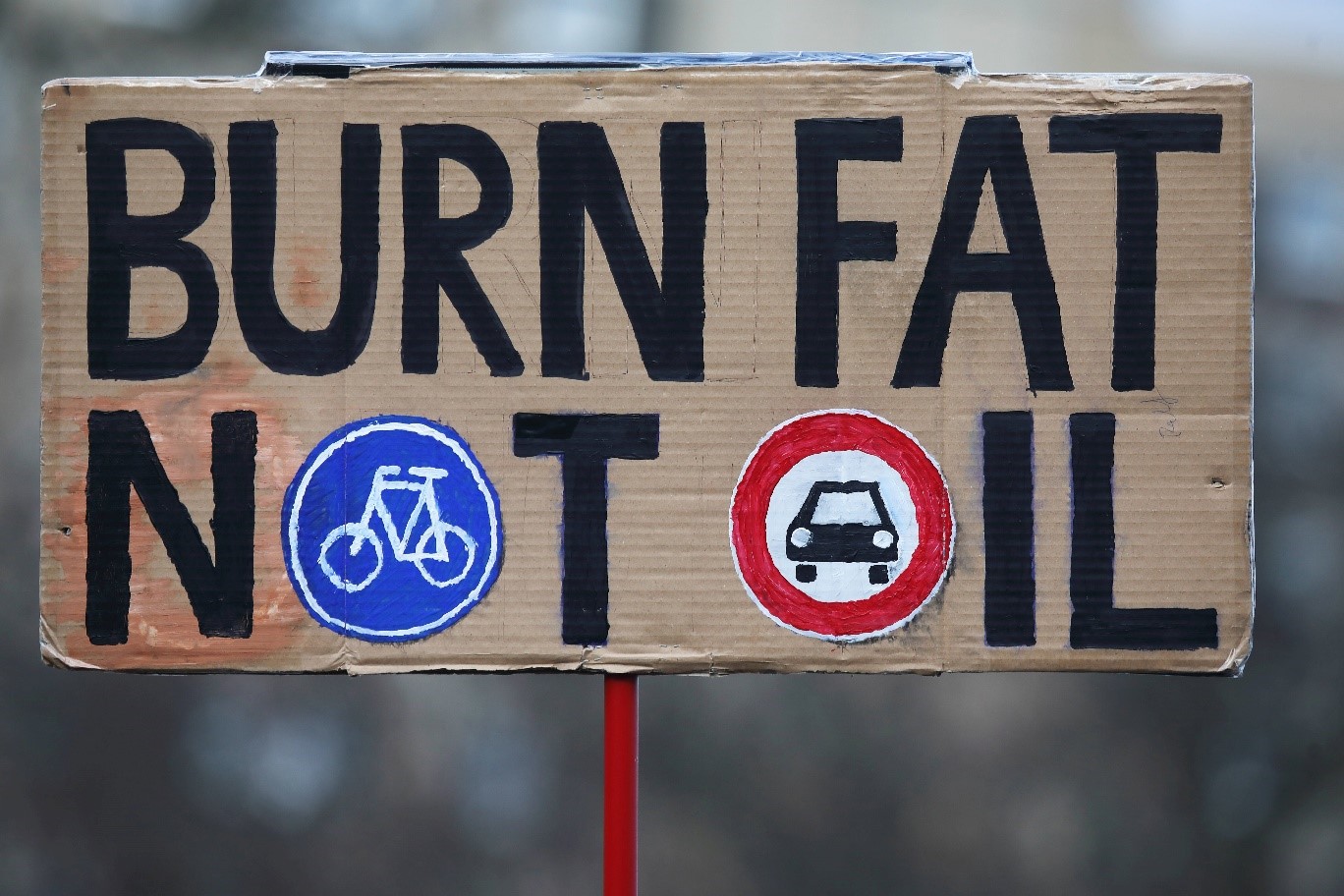From Sin to Science? How a Brand-New Diabetes Guideline Reveals the Moral Influences of Moderation on Health Science

In 2020, a large group of international health experts published a joint international consensus statement for ending stigma of “obesity,” in which the authors state: “Research indicates that weight stigma can cause physical and psychological harm, and that affected individuals are less likely to receive adequate care. For these reasons, weight stigma damages health, undermines human and social rights, and is unacceptable in modern societies.” In January 2022, the Lancet, one of the oldest and most prestigious scientific journals, called for reframing “obesity health care,” studying “the impact of weight stigma and discrimination in health care,“ and exploring “the development (…] of weight inclusive environments“ and “non-weight focused policies and practices.” These statements mark a milestone in health science! Why?…



